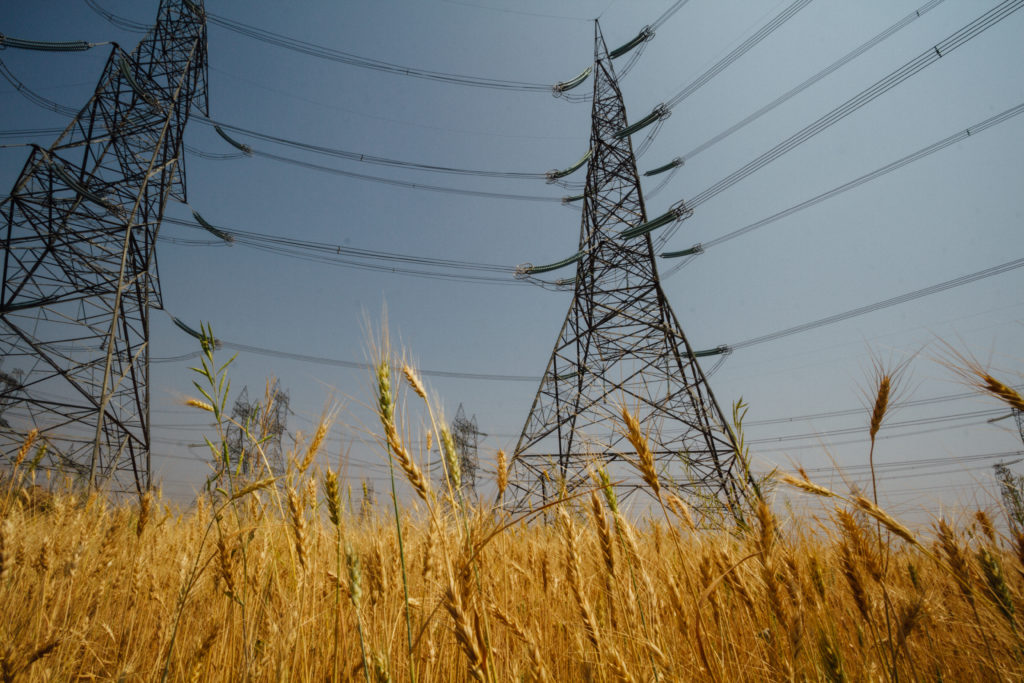On 16 March 2022, following a request by Ukrenergo and Moldelectrica (the electricity transmission system operators in Ukraine and Moldova) for emergency synchronisation, ENTSO-E (the European Network of Transmission System Operators for Electricity) began the trial synchronisation of the Continental European Power System with the power systems of Ukraine and Moldova. This article is a repost, originally published by the European University Institute (EUI) on 17th of March 2022.

The electricity grids of Ukraine and Moldova are now synchronised with the Continential European Grid. (Photo by Adam Cohn, CC BY-NC-ND 2.0)
The move took place after the continental Europe TSOs concluded that the conditions for an emergency synchronisation were met. The European Commission, the Member States and Regulatory Authorities were all instrumental in the process.
Commissioner for Energy Kadri Simson released a statement on the ‘successful’ synchronisation of the Continental European Electricity Grid with Ukraine and Moldova:
“Today [16 March 2022], the electricity grids of Ukraine and Moldova have been successfully synchronised with the Continental European Grid. [The synchronisation] will help Ukraine to keep their electricity system stable, homes warm, and lights on during these dark times. It is also a historic milestone for the EU-Ukraine relationship – in this area, Ukraine is now part of Europe”.
The Commissioner also reinforced that EU institutions will “continue to support Ukraine in the energy sector, [with] the delivery of energy supplies that are badly needed.”
Alberto Pototschnig, Deputy Director at the Florence School of Regulation (FSR) Energy, offered his take on the synchronisation of the electricity grids of Ukraine and Moldova with the Continental European Grid.
“For an electricity system to operate, frequency within a synchronous area should be maintained within narrow limits around its chosen nominal value. The wider the synchronous area, the more resources contribute to keeping the frequency stable, and the easier this is.
Until the invasion of Ukraine by Russia, most of Ukraine and Moldova was part of the Russian synchronous system, thus relying on that more extensive system to maintain the frequency in Ukraine.
With the de-synchronisation from the Russian system and the synchronisation to the Continental European system, now Ukraine can rely on the latter to keep its system stable.
With this initiative, ENSTO-E, the other European partners and the Transmission System Operators of Ukraine and Moldova managed to achieve in only two weeks what was planned over the next year.”
Browse the theme dedicated to ‘Electricity’ in the Florence School of Regulation’s archive page to learn more.
More articles can also be found under ‘Electricity markets in the EU’ and ‘EU Electricity Network Codes’.